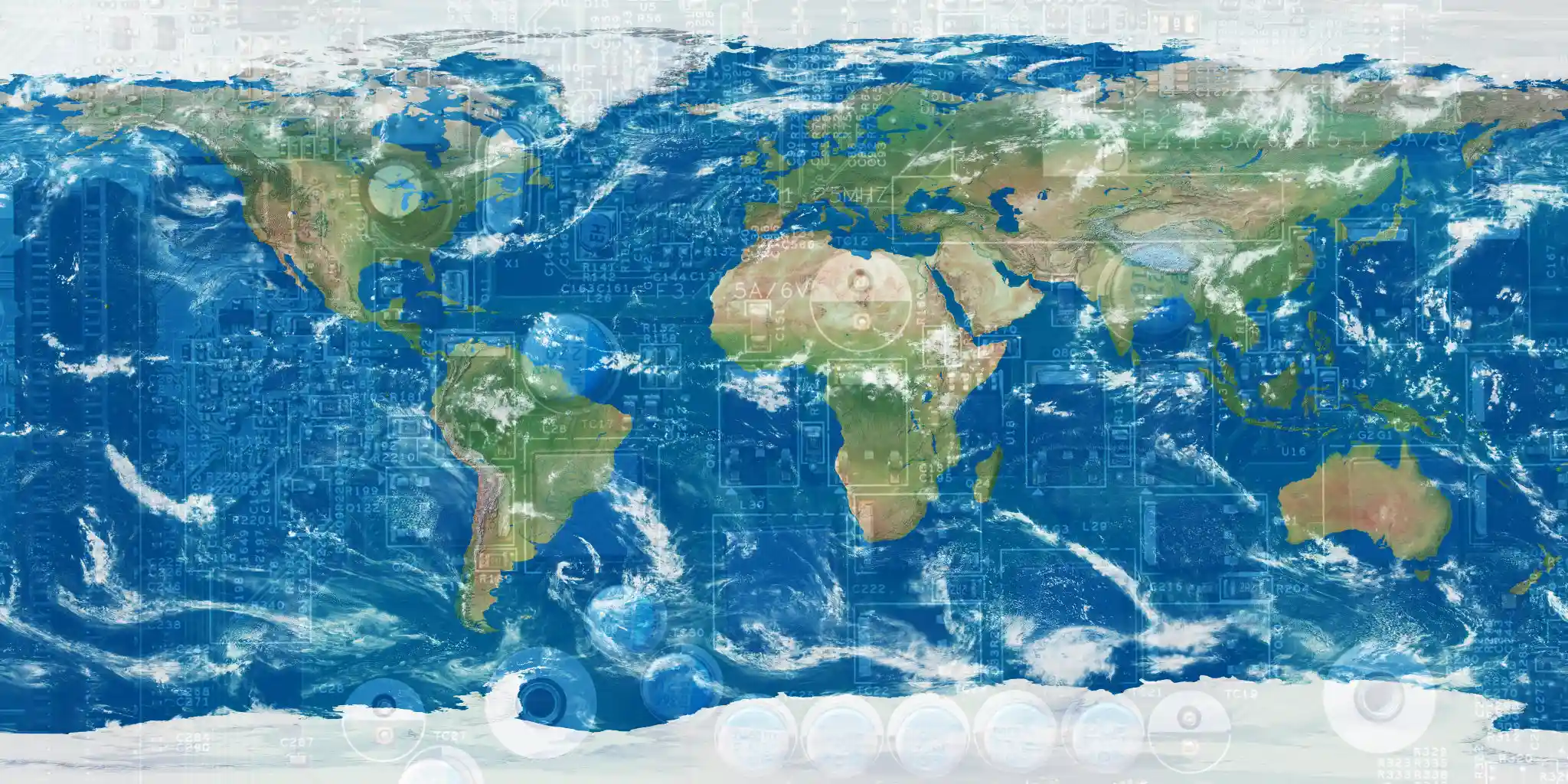FAQs
If you’re not finding the answers to your questions in the User Guide and Admin Guide, this page will help you. It’s updated as needed with answers to common customer questions or issues.
General
Q: What is unique about Keyavi technology?
A: Keyavi protects your data at the data level. As a result, your data is secure and under your control wherever it goes, whoever has it, and when, not if, your data is breached or accidentally shared with unauthorized users. Keyavi allows you to share your data freely and securely.
Q: Does Keyavi have access to my data or store or transmit my data?
A: Keyavi never accesses, stores, indexes, or intercepts your data. Our hands-off approach is fundamental to the mission of our company. Our technology works on your device, allowing your data to stay on your end or wherever you choose to send and store it while staying protected and only accessible by you and those you authorize.
Q: Can I protect a single folder?
A: Yes, either with Keyavi (desktop), Keyavi Web, or by right-clicking the folder in Windows Explorer.
Q: Can I use a mobile hotspot or a mobile router to access protected files in the desktop app?
A: If you’re using the desktop app and connected to a mobile hotspot, for example, tethered to your cell phone or mobile router, your location is not recognized, resulting in offline status. You can only open files that allow offline access if you’re offline. To access your protected files, connect to a regular router.
Q: What’s the difference between Keyavi and Keyavi Web?
A: The Keyavi Web incorporates most functionality of Keyavi. The only difference is that you won’t be able to right-click on files to protect or decrypt them.
Q: What is an IKD file?
A: An IKD (Intelligent Keyavi Data) file refers to the file extension appended to your data once you enable Keyavi protection. An IKD file is self-protecting, intelligent, and self-aware.
Q: Can I share self-protecting data with someone who is not a Keyavi–licensed user?
A: Yes, first-time recipients of an IKD (Keyavi protected) file can use the web viewer or click to install the free, quick, read-only viewer to access the shared information. All subsequent data sharing will automatically open in the same viewer.
Q: Do I have to be connected to the internet to use Keyavi?
A: No, Keyavi technology defaults to “safe and closed” to keep your files protected, even when offline. You can use Keyavi’s default setting, or you can edit and adapt custom policies to allow for varying levels of flexibility and risk mitigation for online and offline access.
Q: Can I apply policies at a group or role level?
A: Yes, organizations can tailor their policies by active directory groups, such as departments, senior leadership, managers, site-specific and other group or role classifications.
Q: Can I restrict email forwarding to specific domains, for example, Gmail or Yahoo?
A: No, this is not a policy option.
Q: What does “platform- and transport-agnostic” mean?
A: Keyavi’s encryption and policy-based protection are infused directly into the data itself. This protection is enabled across all platforms, methods of transit, operating systems, and device types. For example, this means that data stored on any flash drive, uploaded to any cloud service, or emailed through any provider can be protected by Keyavi.
Q: Why can’t I edit a file that I received?
A: If you’re unable to modify a file, this means the data owner sent you a Read Only file.
Q: How do I reassign ownership of a file?
A: For instructions, see Reassign data (change owners).
Q: Is it possible to mimic or spoof geolocation to gain access?
A: No, Keyavi takes multiple data points into account from several sources, including software, hardware, and data resources, to determine the geolocation of data and its permitted access-it’s not just based on IP address or GPS data, or both. In addition, other factors and parameters are considered, validating the true geolocation and other policies, to prevent the access of data in unauthorized locations by unauthorized users.
Q: Does Keyavi protect against print screen capture in conference call sharing (Zoom, Microsoft Teams, WebEx)?
A: Yes. It’s a standard function of Read Only mode for Keyavi-protected data. In this mode, files can be set to not allow any screen captures (print screen, snipping tool) and prevent screen sharing through platforms. While the rest of the screen may be visible, the protected file will be blacked out to viewers.
Q: Does Keyavi use CryptoAPI?
A: Yes.
Q: How accurate is the geofencing location control?
A: The geofencing technology capability allows data owners to authorize data access at the country, state city, or physical address level. Keyavi is accurate to several miles from the user, although this might vary depending on location, carrier, and signal strength.
Q: How long does it take to encrypt a file?
A: It takes approximately one second to protect your files in most cases. It may take slightly longer depending on the file size, your computer power, and your network connections in more complex cases.
Q: Is my own location data secured?
A: Yes. All location data is kept encrypted and protected under controls maintained by your organization. Keyavi cannot assume the level of control and protection implemented by the customer.
Q: Does Keyavi integrate with Google products?
A: You can store Keyavi-protected files on Google Drive, but it’s not possible to protect a file that you’ve saved in cloud storage. However, this functionality is planned for future release.
Q: Does Keyavi integrate with SharePoint?
A: You can store Keyavi-protected files on SharePoint, but it’s not possible to protect a file that you’ve saved in cloud storage. However, this functionality is planned for a future release.
Q: Does Keyavi integrate with Google Drive?
A: You can store Keyavi-protected files on Google Drive, but it’s not possible to protect a file that you’ve saved in cloud storage. However, this functionality is planned for a future release.
Q: Does Keyavi integrate with Cloud Storage solutions like Dropbox or Box?
A: You can store Keyavi-protected files on Dropbox and Box, but it’s not possible to protect a file that you’ve saved in cloud storage. However, this functionality is planned for a future release.
Q: Can Keyavi be used to delete a file?
A: No, Keyavi applications do not delete files or change the original files.
Administrators and technical teams
Q: Can the Keyavi technology be installed on-premises?
A: Yes, for those companies that require it, we offer the ability to localize the service to their environment-contact Sales for more information
Q: Do I need VPN if I have Keyavi?
A: Not necessarily. VPNs don’t provide data protection – they solely provide transport protection. VPNs set up an authenticated and encrypted tunnel from one point to another, but the VPN does not protect the data on the devices on either end. The data arrives at either end of the tunnel, exposed and vulnerable to loss or compromise.
Keyavi protects at the data level, keeping data safe everywhere, so there is no need to overload your organization’s resources with unnecessary remote connections. However, particular roles in your organization may require a VPN connection into your network. In these cases, Keyavi complements and works parallel with your VPN to protect your data.
Q: How does Keyavi help with ransomware?
A: Keyavi protects the data contained within files from being exposed, even if exfiltrated by ransomware
Q: Does the Keyavi process have any latency or lag?
A: The performance of the Keyavi applications depends on multiple factors, such as server and network configuration, the size of the files, and so on. In general, opening and protecting a file should not take more than a few seconds.
Q: Can Keyavi be used to protect structured data?
A: No. As of today, you can protect any standalone file with Keyavi technology. However, support for structured data is planned for future releases.
Q: Can Keyavi be used to protect information stored in a database?
A: No. Today, Keyavi does not support protecting information stored in a database. This enhancement is planned for future releases.
Q: Can Keyavi be used to protect documents stored in a GIT file repository?
A: You can store Keyavi-protected files in a local Git repository and push/publish them to a remote Git repository. However, protecting a file directly in a remote repository isn’t possible.
Q: Can Keyavi be used to protect streaming data?
A: No, protection of streaming data is not supported.
Q: Can I share data at an organizational level with unlicensed users?
A: Yes, organizations can share data at an organizational level with unlicensed users however those unlicensed users will only able to access protected data in Read-only mode, and will not be able to edit the data or extract it from its protected container.






